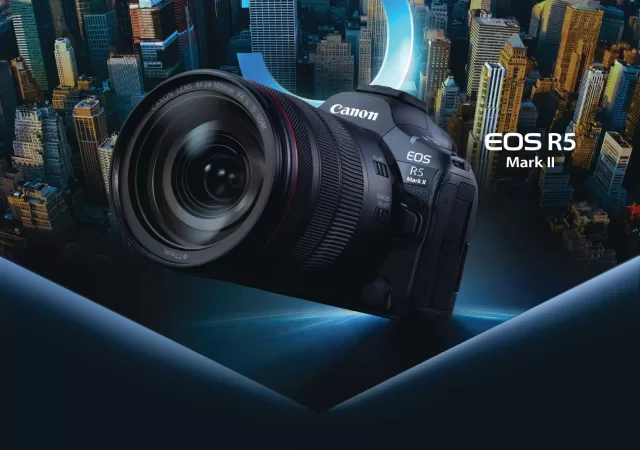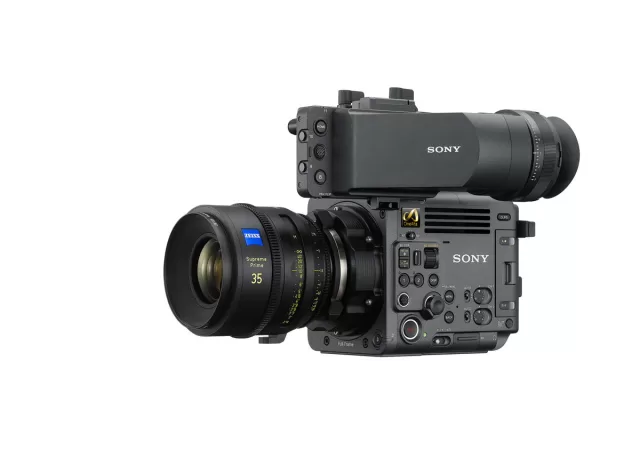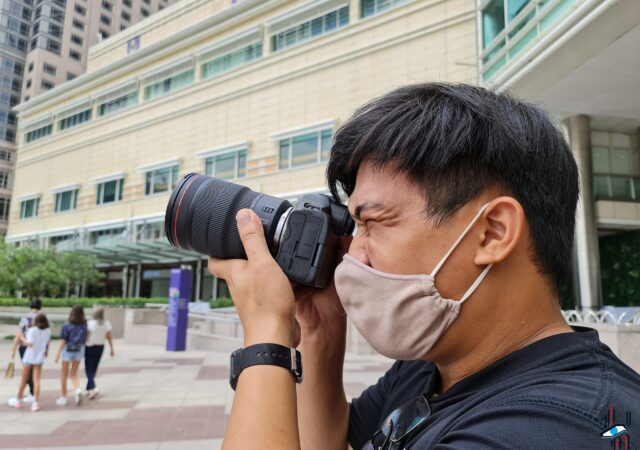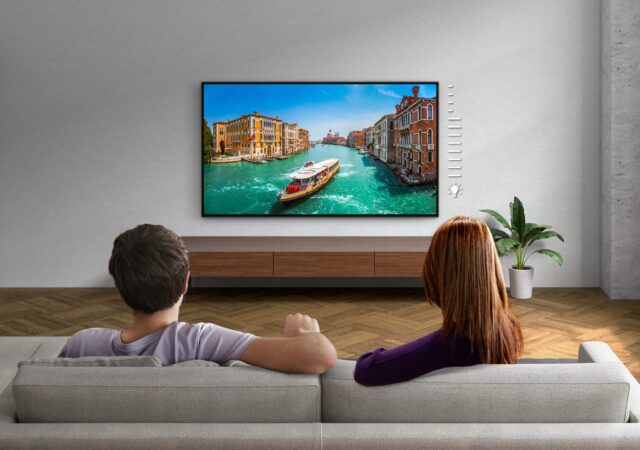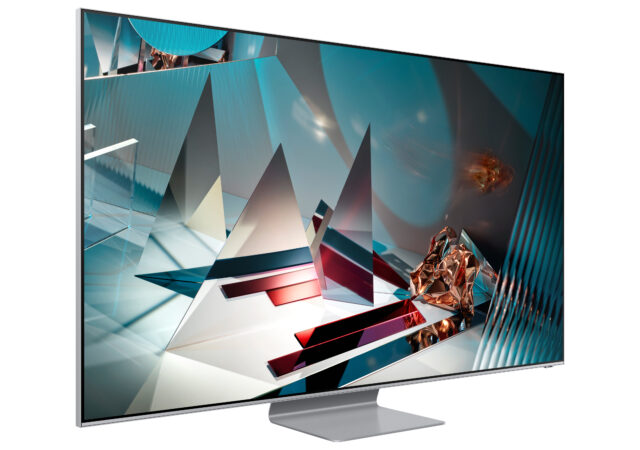Canon has taken the veils off its latest EOS R5 Mark II mirrorless camera that brings even more content creation features to your fingertips.
Sony Burano – 8K Run-and-Gun? No Problem!
Sony releases their latest CineAlta camera made for run-and-gun documentary style films, the new BURANO with 8K recording capabilities.
24 Hours with the Canon EOS R5 – A Walk Through Town
We had a short time to spend with the Canon EOS R5. We had a day out with the highly capable camera though, and the results shows.
Sony’s New PlayStation 5 Ready 8K BRAVIA Launched with Full Array LED
Sony launched two new BRAVIA TVs that is ready to take on the PS5 and give you the best of the console and TV expereince in the market.
Samsung’s 2020 QLED TVs Brings New Technologies for a More Immersive Experience
The 2020 Samsung QLED TVs bring a whole slew of new technologies that enhance and augment the content experience. Samsung has taken everything into consideration from display to sound.



